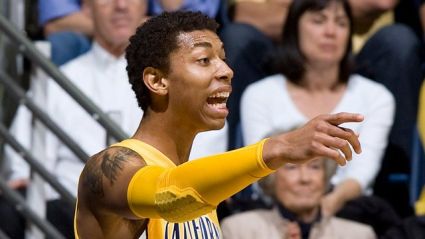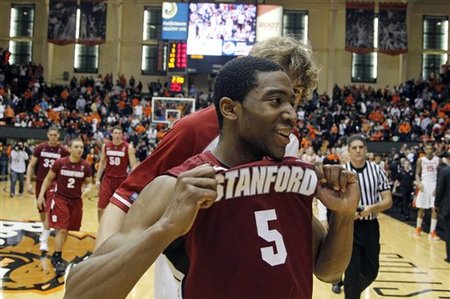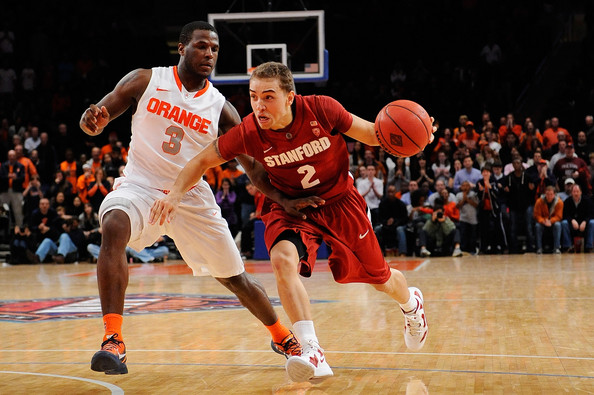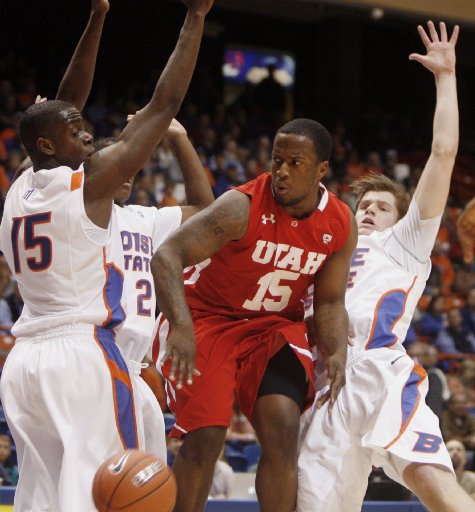Pac-12 Game of the Week: Stanford at California
Posted by AMurawa on January 29th, 2012Stanford at California, January 29, 5:30 PM PST, FSN
The Big Game, basketball edition (part one), lost a bit of its luster last weekend when Stanford got swept by the Washington schools, but with California sitting tied atop the conference standings with Oregon, and with the Cardinal sitting just a game back, there is still plenty of importance to go around here.
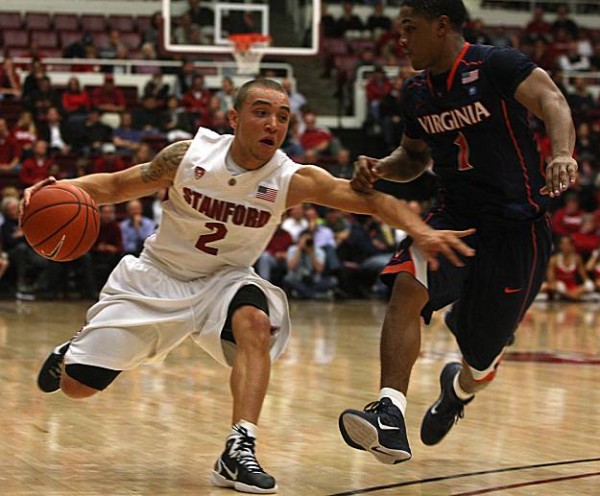
Aaron Bright And Stanford Have Slowed A Bit As The Quality Of Opponent Has Increased (photo credit: Liza Hafalia, San Francisco Chronicle)
For the Cardinal, after losing just one of their first 11 games – and that one to Syracuse at Madison Square Garden – the uptick in level of competition over the last few weeks has exposed them a little bit. After beating up on low-majors (like Bethune-Cookman and Central Arkansas) and mid-majors (like Fresno State and Colorado State), and even sneaking out some tough wins over bubble-minded high majors (Oklahoma State and North Carolina State), Johnny Dawkins’ club has lost four of its last nine games, with all four losses coming to teams ranked lower than #80 in the nation by Ken Pomeroy. Throw in some tight wins (a one-point win against UCLA, a four-overtime battle over Oregon State and even a slugfest W over Utah), and it is clear that despite the major strides this Stanford team has made this season, this is certainly not a team that is going to outclass conference opponents on a regular basis. Along the way, their once stellar efficiency numbers on both ends of the court have taken a significant hit — in their last four losses, Stanford has averaged just over one point per possession offensively, while giving up 1.16 PPP. In their first 11 games of the season, they only allowed more than one point per possession once (the NC State win), but in the last nine they’ve done so five times. Part of that is due to the fact that they’ve been facing better athletes. Where they once were able to outclass opponents on the glass, they’ve now been playing teams with their athletic equals, and the rebounding numbers have dipped. Likewise, guys like Aaron Bright and Chasson Randle have been unable to keep up their ridiculously hot shooting paces; Bright was 49% from three in non-conference play and is down to 37% in conference play while Randle has dipped from 42% to 36%.





























